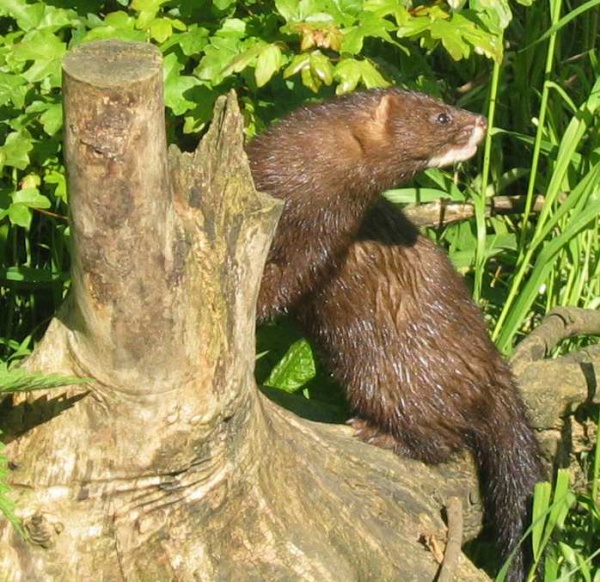Facts About European mink
The European mink, also known as the Russian or Eurasian mink, is a small, semiaquatic mammal native to Europe. Although it bears a resemblance to the American mink, it is smaller and possesses a less specialized skull. Interestingly, despite their similar names and behaviors, the European mink is more closely related to the European polecat and the Siberian weasel.
This mink prefers to inhabit areas near forest streams that remain unfrozen during the winter, where it preys on voles, frogs, fish, crustaceans, and insects. Unfortunately, the European mink is critically endangered, with its population having plummeted over recent generations.
Several factors have contributed to this decline, including climate change, habitat destruction, and the introduction of the American mink, which competes with the European mink and spreads diseases. Other contributing issues include a drop in crayfish numbers and hybridization with the European polecat.
Genetic studies reveal that the European mink is more closely related to the European polecat and Siberian weasel. As of 2005, there are seven recognized subspecies of the European mink. This animal has a compact body with short limbs, a large head, and a short tail. Its fur is dense and thick in winter, typically dark brown or reddish-brown.
The European mink is territorial, exhibiting specific denning behaviors and maintaining a varied diet that includes both aquatic and riparian animals. Historically, its range was much broader, but over the last century, its numbers have drastically decreased, leading to local extinctions in many areas.
The main reasons for this decline include habitat loss, overhunting, competition with the American mink, diseases, hybridization with the European polecat, and predation by animals such as the red fox.
Conservation efforts for the European mink involve habitat restoration, captive breeding programs, and reintroduction initiatives in some areas. Despite these measures, the European mink remains critically endangered and continues to face numerous threats to its survival.

 Ukraine
Ukraine